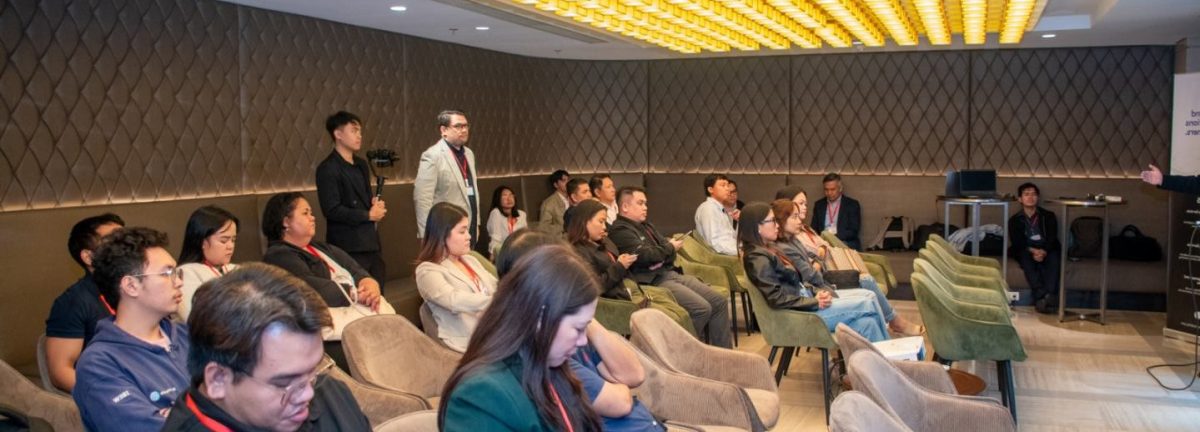Maximizing Sales with Email Marketing in Food and Beverage
Email marketing in food and beverage is a powerful tool that helps restaurants, cafes, and food brands boost sales, increase brand loyalty, and improve customer engagement. In an industry where customer preferences evolve rapidly, email marketing allows businesses to stay connected with their audience, promote special offers, and encourage repeat business. By leveraging personalized email campaigns, food and beverage companies can enhance their marketing efforts and build long-lasting customer relationships.
With the growing competition in the food and beverage sector, businesses need to use effective marketing strategies to stand out. Email marketing offers a cost-effective and high-ROI approach to reaching customers directly in their inboxes, keeping them informed about new menu items, discounts, and loyalty programs. In this article, we’ll explore why email marketing is essential for the food and beverage industry, the best strategies to implement, common pitfalls to avoid, and how data analytics can further optimize results.
Why Email Marketing is Essential for the Food & Beverage Industry
1. Direct and Personalized Communication
Unlike social media, where messages can get lost in the feed, emails provide a direct line of communication with customers. Personalization tools allow food and beverage businesses to send tailored recommendations based on customer preferences and purchase history.
2. Cost-Effective Marketing with High ROI
Compared to traditional advertising methods, email marketing is affordable and delivers a high return on investment (ROI). With minimal costs for email automation tools, businesses can generate significant revenue by promoting exclusive offers and seasonal specials.
3. Strengthening Customer Loyalty
Loyalty is crucial in the food and beverage industry. Regular customers are more likely to visit when they receive special deals or exclusive invitations via email. A well-planned email campaign can nurture customer relationships and encourage repeat visits.
4. Promoting Special Events and Seasonal Offers
Food businesses often rely on seasonal promotions and limited-time offers to attract customers. Email marketing ensures that these promotions reach the right audience at the right time, increasing conversions.
5. Encouraging Online Orders and Reservations
For restaurants and cafes offering online ordering or reservations, email campaigns can drive traffic to their website or app. Special discounts and personalized recommendations can entice customers to place orders or book a table.
Best Email Strategies to Boost F&B Sales and Customer Retention
1. Segment Your Email List for Better Engagement
Not all customers have the same preferences. Segmenting your email list based on demographics, past purchases, or dietary preferences allows you to send more relevant content. For instance, a vegan customer would appreciate plant-based menu suggestions over steak promotions.
2. Craft Attention-Grabbing Subject Lines
The subject line is the first thing recipients see, so make it enticing. Use urgency, exclusivity, or curiosity to encourage email opens. Examples:
- “Your Exclusive 20% Off – Only for Our VIP Customers!“
- “Limited-Time Pumpkin Spice Specials – Order Before They’re Gone!“
3. Personalize Your Email Content
Use the recipient’s name and recommend menu items based on past orders. Personalized emails have higher open and conversion rates compared to generic messages.
4. Send Welcome Emails for First-Time Customers
When a new customer signs up for your mailing list, send a warm welcome email with a discount or special offer to encourage their first purchase.
5. Leverage User-Generated Content (UGC)
Showcase customer reviews, testimonials, and social media posts featuring your food and drinks. This builds credibility and encourages new customers to try your offerings.
6. Offer Exclusive Discounts and Promotions
Reward loyal customers with exclusive discounts. Limited-time deals create urgency and drive immediate action.
7. Automate Abandoned Cart Emails
If a customer adds items to their online cart but doesn’t complete the purchase, send a reminder email with a gentle nudge or discount to encourage them to finalize their order.
8. Run Seasonal Email Campaigns
Holidays and seasonal changes provide excellent opportunities for themed email campaigns. Promote seasonal dishes, holiday catering services, or festive discounts.
9. Incorporate High-Quality Visuals
Mouthwatering images of food and drinks can significantly boost engagement. Ensure your emails are visually appealing and optimized for mobile devices.
10. Encourage Social Media Engagement
Include social media links in your emails and encourage customers to follow your pages for additional deals and updates.
Common Pitfalls and How to Avoid Them
1. Overloading Subscribers with Emails
Sending too many emails can annoy customers and lead to high unsubscribe rates. Stick to a strategic schedule—1 to 2 emails per week is ideal.
2. Using a One-Size-Fits-All Approach
Failing to segment your audience results in generic emails that lack personalization. Use data to send relevant content to specific customer groups.
3. Ignoring Email Performance Metrics
Track open rates, click-through rates, and conversion rates. If engagement is low, tweak your subject lines, content, or sending times.
4. Neglecting Mobile Optimization
Most people check emails on their smartphones. Ensure your email design is mobile-friendly with easy-to-click buttons and clear formatting.
Using Data Analytics for Food and Beverage Email Marketing
1. Understanding Customer Behavior
Analytics tools can track which emails lead to conversions, helping businesses understand customer preferences and refine future campaigns.
2. A/B Testing for Better Performance
Test different subject lines, email layouts, and CTAs to determine what resonates most with your audience.
3. Optimizing Send Times
Analyzing when customers are most active can improve email open rates. For food businesses, sending emails before lunch or dinner time may increase engagement.
FAQs
What is email marketing in food and beverage?
Email marketing in food and beverage refers to using email campaigns to promote restaurants, cafes, and food brands. It helps businesses engage with customers, announce special deals, and boost sales.
How can email marketing increase food and beverage sales?
By sending personalized promotions, exclusive discounts, and reminders, email marketing encourages repeat purchases and drives traffic to restaurants or online ordering platforms.
What are examples of email marketing in food and beverage?
Examples include welcome emails, loyalty program updates, seasonal promotions, reservation confirmations, and abandoned cart reminders.
What is the importance of email marketing in food and beverage?
It enhances customer engagement, builds brand loyalty, and increases sales through targeted promotions and personalized communication.
Conclusion
Email marketing in food and beverage is a game-changer for boosting sales, increasing brand awareness, and building customer relationships. By implementing segmentation, personalization, and data-driven strategies, businesses can create effective email campaigns that keep customers engaged.
As the food and beverage industry becomes more competitive, investing in a strong email marketing strategy is essential. Businesses that fail to leverage this powerful tool risk falling behind their competitors. With the right approach, email marketing can drive sustainable growth and ensure long-term customer loyalty.
By continuously optimizing email marketing efforts, food and beverage businesses can stay ahead of industry trends and customer expectations. Regularly analyzing campaign performance, testing different strategies, and adapting to consumer behavior will maximize the impact of email marketing. Embracing automation and AI-driven insights can further enhance efficiency, helping businesses deliver timely and relevant content that resonates with their audience.
Ready to enhance your email marketing strategy? Contact Kpability today, and let us help you craft high-performing email campaigns that increase engagement, drive more sales, and keep your customers coming back for more!
Related posts
Inside Knect Lite Exclusive Preview: Marketing Automation and Conversational Commerce in One Simple Platform
On November 20, 2025, Kpability gathered industry professionals, business owners, and partners for the Knect Lite Exclusive Preview,…
Mastering Customer Engagement with Marketing Automation
Customers expect more than quick replies and generic promotions nowadays. They want brands that listen, respond, and remember…
Viber Marketing Made Simple: How Knect Lite Helps You Connect and Convert
Viber marketing has emerged as one of the most effective ways to reach customers directly on their phones….



